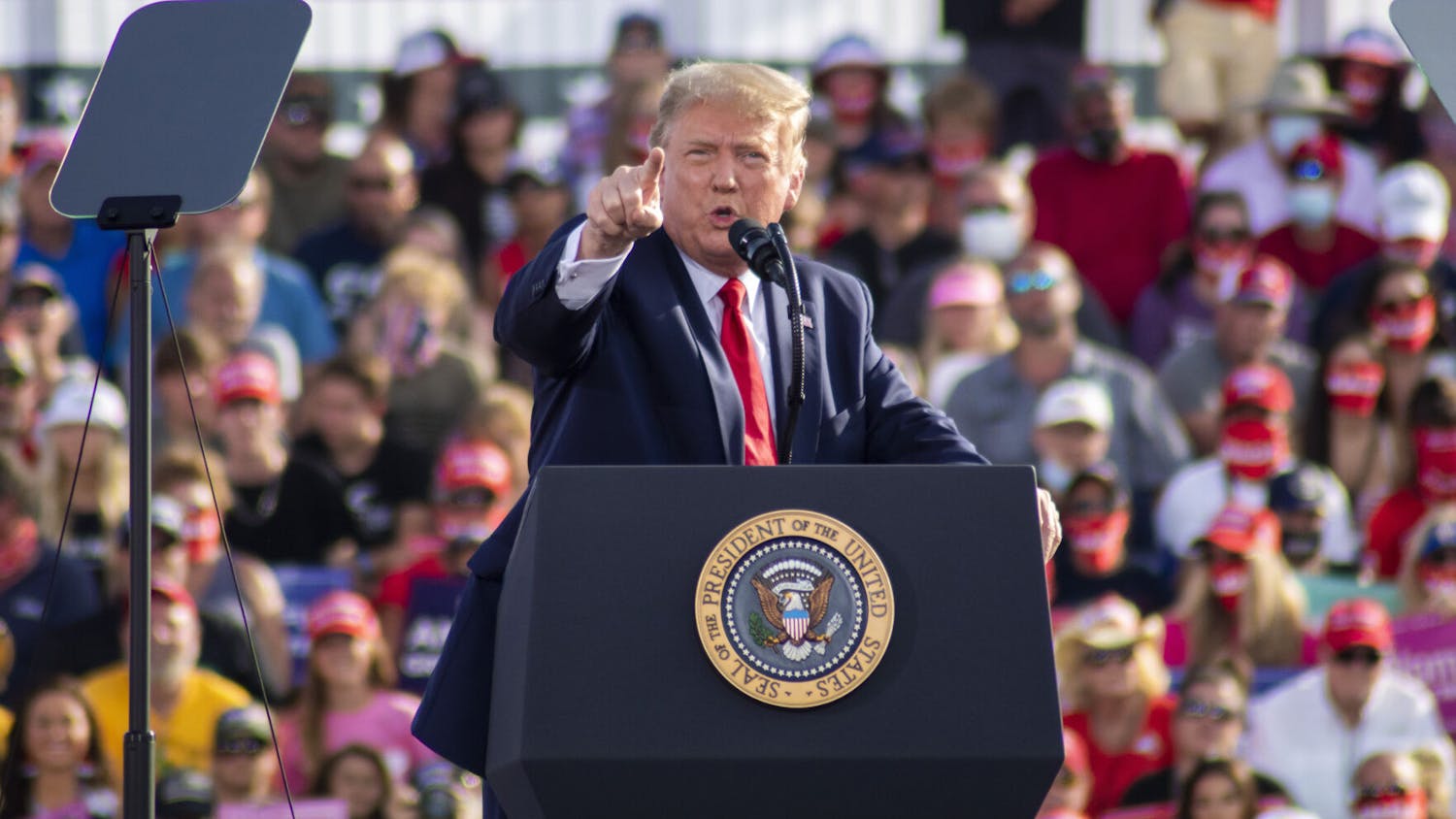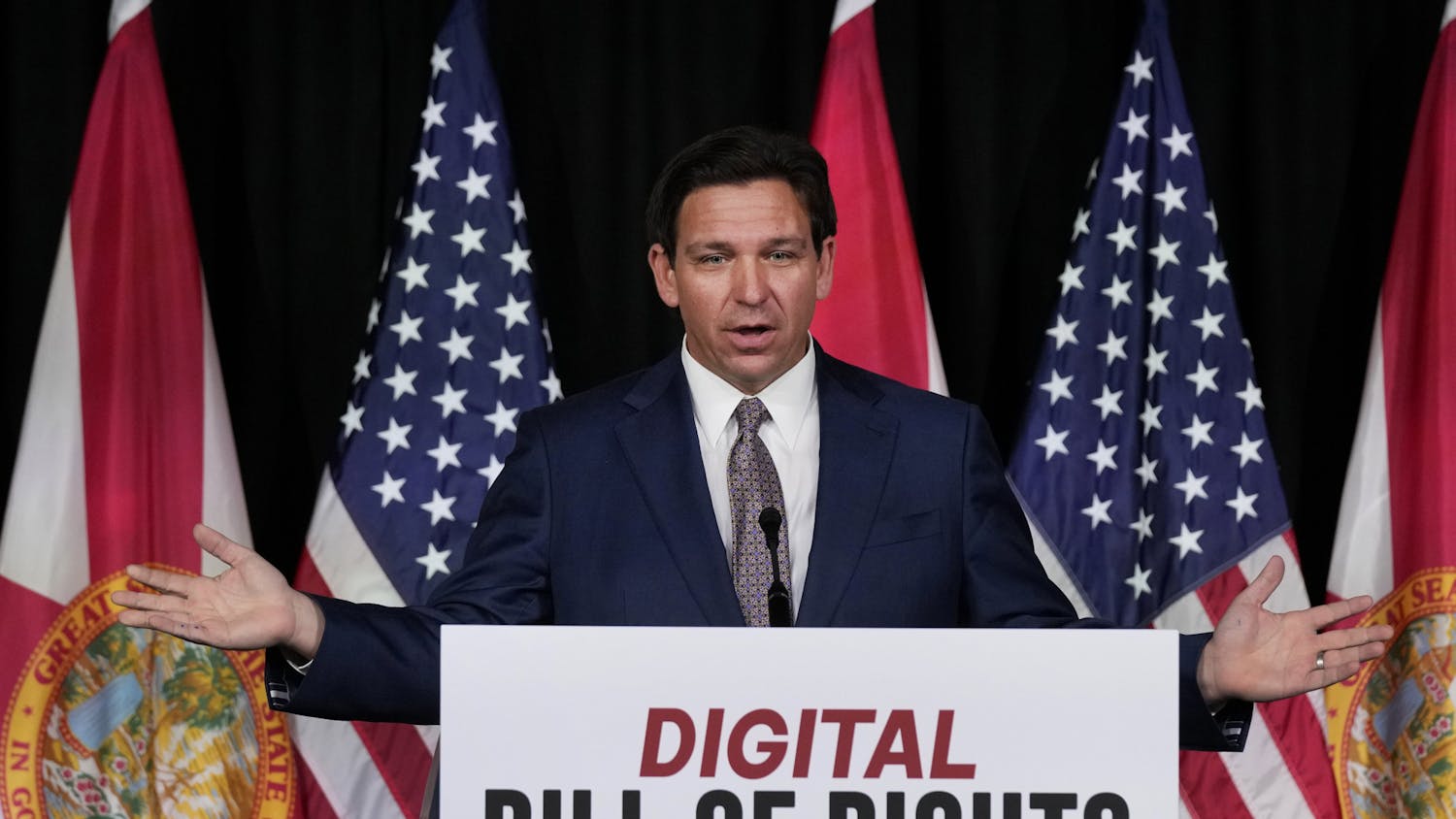American women received the right to vote in 1920, and exactly 100 years later, the 2020 election is breaking records for women. Sen. Amy Klobuchar from Minnesota became the sixth Democratic woman to put in her bid for the Democratic presidential nominee when she announced her candidacy on Sunday. She follows Sens. Kirsten Gillibrand, Kamala Harris and Elizabeth Warren, along with Rep. Tulsi Gabbard and author Marianne Williamson. Collectively, they’re making this upcoming presidential race the first in history to have that many women running at one time for the Democratic presidential nomination.
This comes after a record-breaking number of 15 women were elected to the Senate in 2018, the most to ever serve at one time. There are currently 102 women serving in the House of Representatives. Of all of the women elected to Congress, 36 of them are newly elected. 2018 was named “The Year of the Women” because of its unprecedented number of elections of women and movements like the #MeToo movement. In just the second month of 2019, records are already being broken in terms of women’s political involvement.
Women running for president is just a part of a bigger picture. A more diverse pool of presidential candidates is in store for the 2020 presidential election. With six women, including Harris, the second black woman to serve in the Senate, there are four other Democratic men of varying ethnicities also in the race. However, it should be noted that according to an Iowa Poll, Joe Biden, who has yet to announce his predicted candidacy, led a poll in December for the Democratic presidential nominee with 32 percent of the vote.
Of course, the 2020 election outcome is unknown, but it shows that Democrats, especially Democratic women, are looking for a change. Part of the reason there were so many newly elected women in the previous election cycle was due to the sheer number of women who ran for office. Many have said they felt compelled to run due to the current administration’s views on politics and health issues.
It’s no secret that America has always lacked diversity in terms of representation in Congress. However, the next year has the possibility of six women sharing the stage during a Democratic presidential debate; this would be another first. There have never been two women in a televised debate in American history. With each new election cycle, the pool for more diverse candidates gets deeper. Just the possibility and the acceptance of these candidates having the potential to unseat President Donald Trump shows that the U.S. is moving toward a place where race and gender shouldn’t have be a part of politics. However, that doesn’t mean that these things still don’t play a big role.
In politics, women are often talked about in a different way than men are. Often their “likability” is measured by how they dress or in how “stiff” or “loose” their behavior is. Their personality is often equated to their appearance. It’s understandable to disagree with the platform of a candidate, but women candidates are often judged on how they present themselves, more so than their male counterparts. That goes for all women, not just our Democratic candidates; even Melania Trump often makes news headlines for how she dresses, whether she knows this will be the result or not is debatable.
The political sphere is changing. A time will come when we don’t have to report on record-breaking numbers of diverse candidates because it’ll become the norm. We are in a time in history when there will no longer be “a year of the woman,” - it’ll just be a year. Moving toward a diverse crop of politicians allows us to accurately depict America as it’s supposed to be. The 2020 election has the chance to show us how we’ve grown as a country, not only through our candidates but also in how we report and view those candidates.






